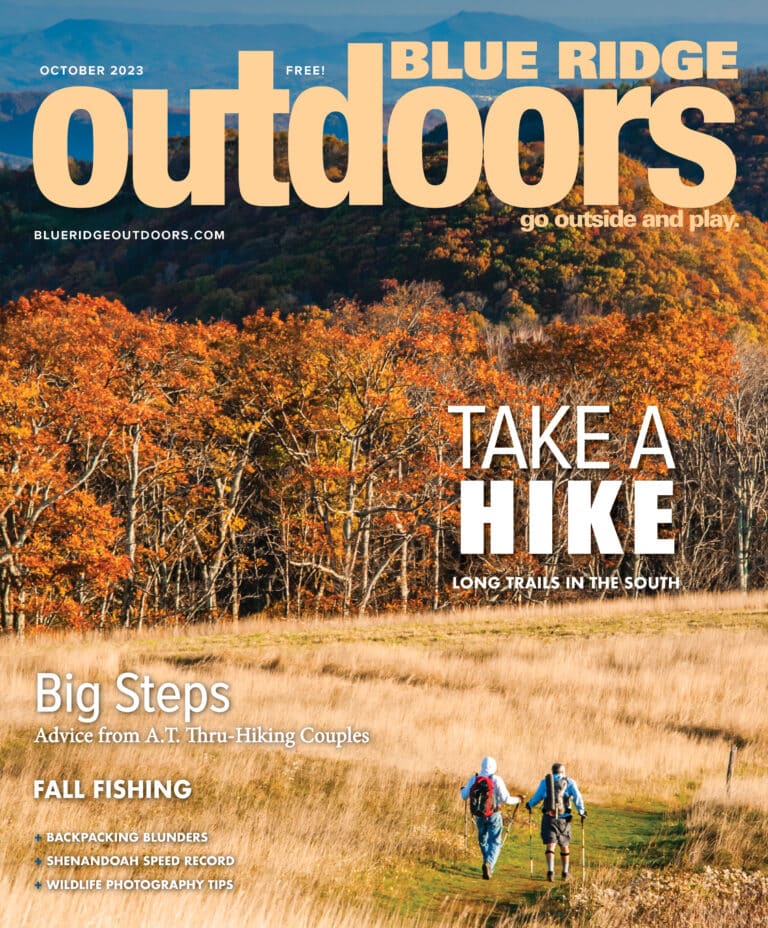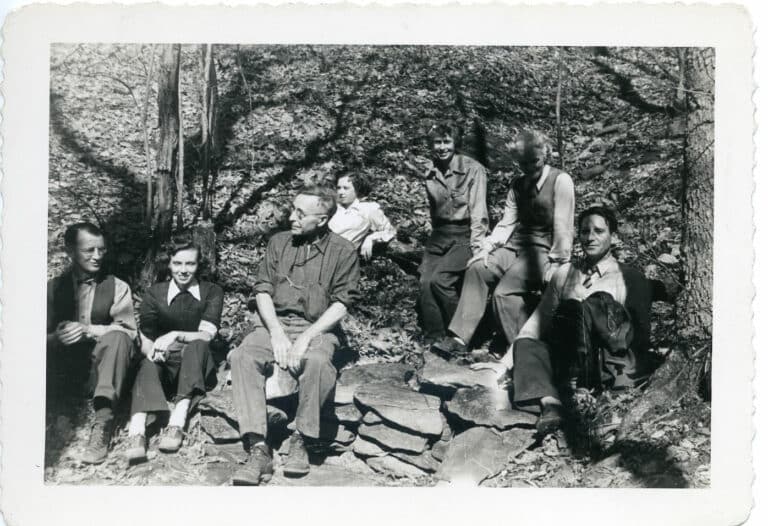For the second straight year I attended the Boston Marathon without actually running the race. And for the second straight year, I saw history made. As much as I would have enjoyed running the race, I could not have been happier with my decision to simply view the amazing elites and was treated to the almost implausible.
As has been rehashed in great detail, four men ran faster than any other person ever has at the Boston Marathon with two of them obliterating the course record and the world record in the process. At play in this whole discussion were two factors which have lit up talk amongst runners nationwide:
1. Boston’s net downhill
2. A tailwind
The organizing body of the Boston Marathon (B.A.A.) is already appealing the decision that the marathon best should count as a world record as well. Why doesn’t it already? In a rule meant to equalize the impact of tailwinds, the IAAF requires courses to loop around so the start and finish lines are no more than 13.1 miles apart. Boston is a straight line course which does not adhere to this. In addition, the Boston marathon also exceeds IAAF downhill regulations for having an overall elevation drop of 459 feet.
First things first: Boston’s downhill nature. While the first and last five miles are essentially downhill, any runner worth listening to can attest that there is not a single thing easy about Boston’s elevation drop in the race, or the infamous Newton Hills in the middle. It is essentially a non-issue. Case in point: the world record has not been set in 67 years at Boston. The hills have not gotten more steep in these past six decades and the competition has only remained the best in the world.
However, the tailwind portion has some teeth, even if they are just nibblers. According to reputable weather websites, the wind at the back of the marathons was about 14 mph during the race…when it was at their backs. Many on the course that day, including most of the elites, mentioned they felt the win at their backs, but they also felt it from the side and occasionally felt a gust from the front.
That said, the course is not a wind tunnel. It does go from west to east, the direction the wind was blowing. But it makes twists and turns. It is blocked from the wind in some places by buildings and is wide open in others. Did the wind assist the runners? Well, it did not hurt them, that is for sure. But how much it helped and the measurable affect it had on the runners is extremely debatable. Undoubtedly there was some assistance but the fact remains that a new breed of marathoner is out there. One that wants to do more than just win Boston. They want to run fast at Boston, setting world records, ahem, I mean “bests”.







